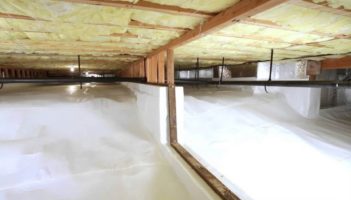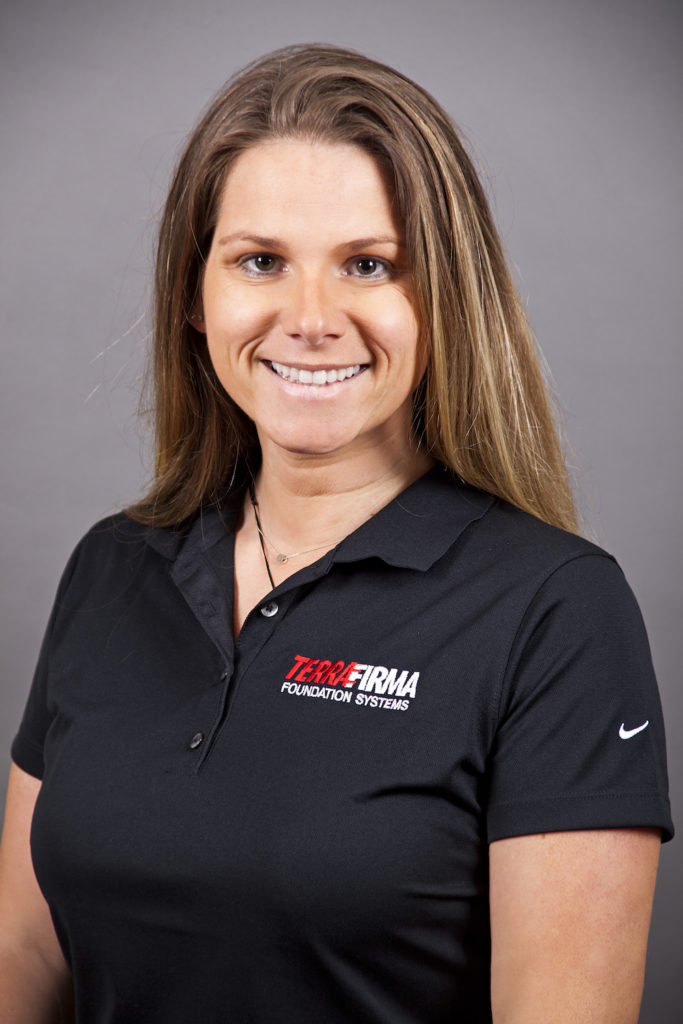
Itchy eyes, a runny nose and rashes could all be signs your child is affected by allergies. According to the Centers for Disease Control and Prevention, more than 50 million Americans suffer from allergies every year, and 40% of children in the United States have allergies.
In Oregon, tree pollen levels are currently at a high, with grass pollen levels expected to intensify in June. Many families in the Pacific Northwest don’t know that these allergens can hide in your home. Maintaining the air quality in your home, particularly during pollen season, is key to staying sniffle-free during the warmer months. As a mother with asthma and daughters who are prone to seasonal allergies, I am passionate about keeping the air in our home clean. But just sticking to a strict cleaning routine isn’t enough to keep allergies away from your home.
Your Windows and Doors
Make sure your windows and doors are properly sealed and not drafting in pollen, dust and other allergens from outside. Fixing this problem can be as simple as resealing your windows and making sure that the patio and garage doors aren’t left open.
If you have windows or doors that are difficult to close, there could be a problem with the floor joist or foundation. Structural issues can have long-term effects on air quality. Fixing them will require the help of a professional.
Your Crawl Space
Crawl spaces are dark, scary places that most homeowners ignore but walk just inches above every single day. Our kids are playing over that mysterious space, and the “out of sight, out of mind approach” doesn’t make the problems that lurk there go away. Crawl spaces commonly have one, if not all, of the following dangers: harmful allergens, fungus, standing water, high humidity, pests, odor and dry rot.

As warm air rises, it leaks out of the upper levels of your home. In newer homes, about half of the air escapes each hour. In older homes, the air exchange rate can be as high as two full air exchanges per hour. This “stack effect” creates an airflow in your home from bottom to top. It’s estimated that up to 50% of the air you breathe on the first floor is air that came from the crawl space.
Therefore, whatever is in your crawl space air is in the air in your house. Installing vents in the crawl space and expecting air to flow in through vents on one side of the house and out the other is wishful thinking. In reality, air that enters the vents flows directly up into your home.
As someone who has been in hundreds of unkempt crawl spaces, I assure you this air is not something we want to allow into our homes. The most permanent way you can reduce allergens in your home is by encapsulating your crawl space. This process locks out moisture and humidity, helping to keep the air clear on the upper floors.
Keeping your doors, windows and crawl space in check will help ensure a sneeze-free summer so you can really enjoy these relaxing days in comfort.

About Bridget: Bridget hails from a long line of strong tradeswomen, so it’s only fitting that  she’s TerraFirma’s first female System Design Specialist. She brings a lifetime of experience, having opened the first Dutch Bros. franchise and then continuing on to design and build restaurants and stores nationwide. She’s also remodeled homes, including her own 1942 Portland bungalow in the Hollywood District.
she’s TerraFirma’s first female System Design Specialist. She brings a lifetime of experience, having opened the first Dutch Bros. franchise and then continuing on to design and build restaurants and stores nationwide. She’s also remodeled homes, including her own 1942 Portland bungalow in the Hollywood District.
As a System Design Specialist, Bridget uses her passion of bringing older homes back to life by providing homeowners with lifelong solutions to their home’s problematic foundation, crawl space or basement.


